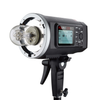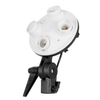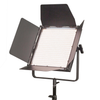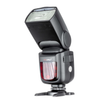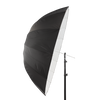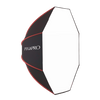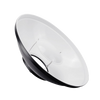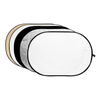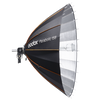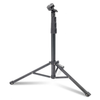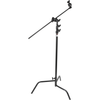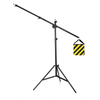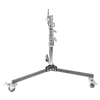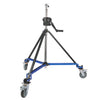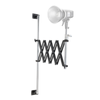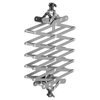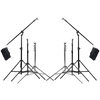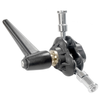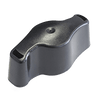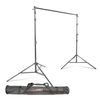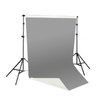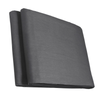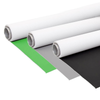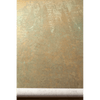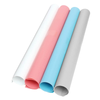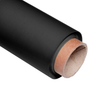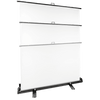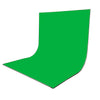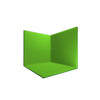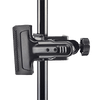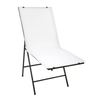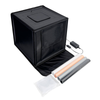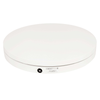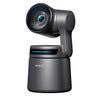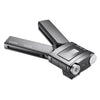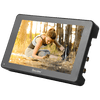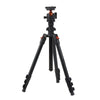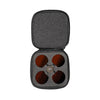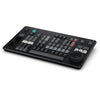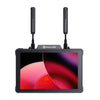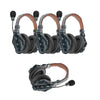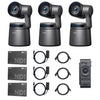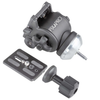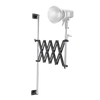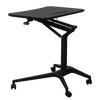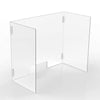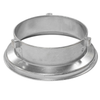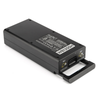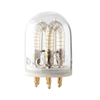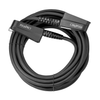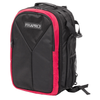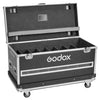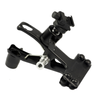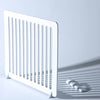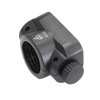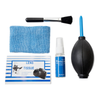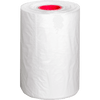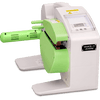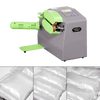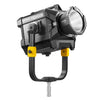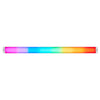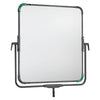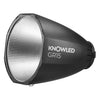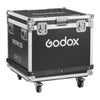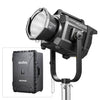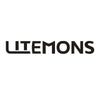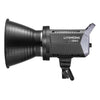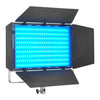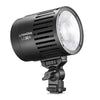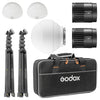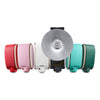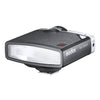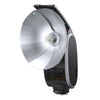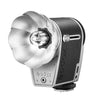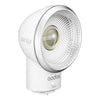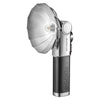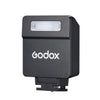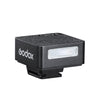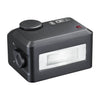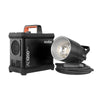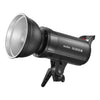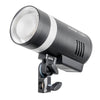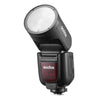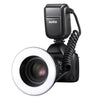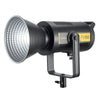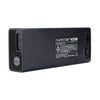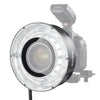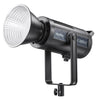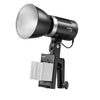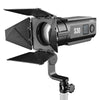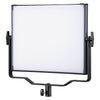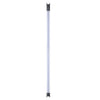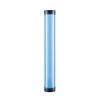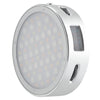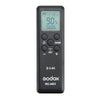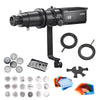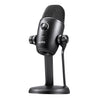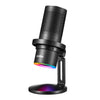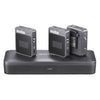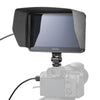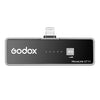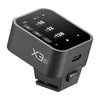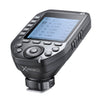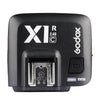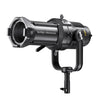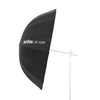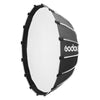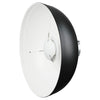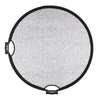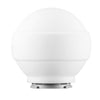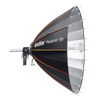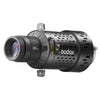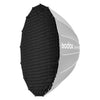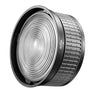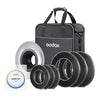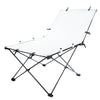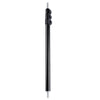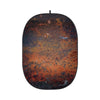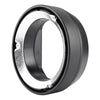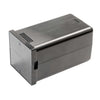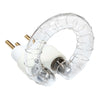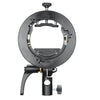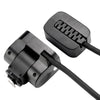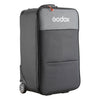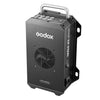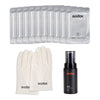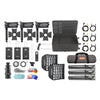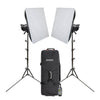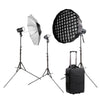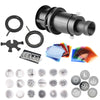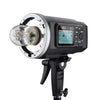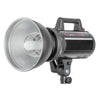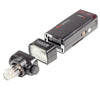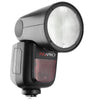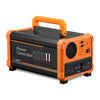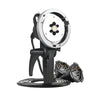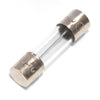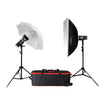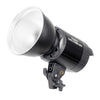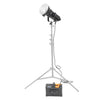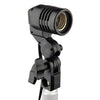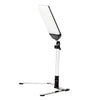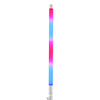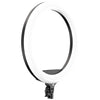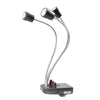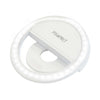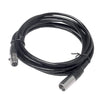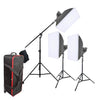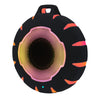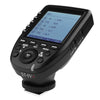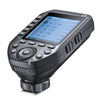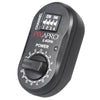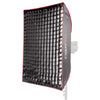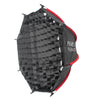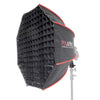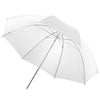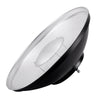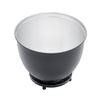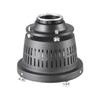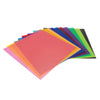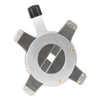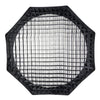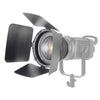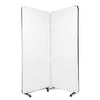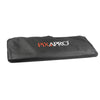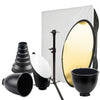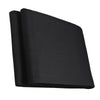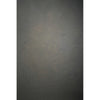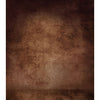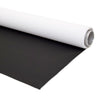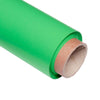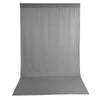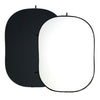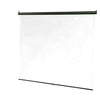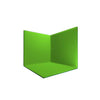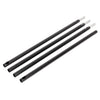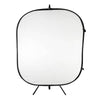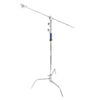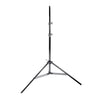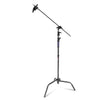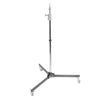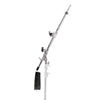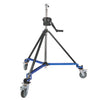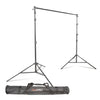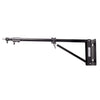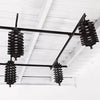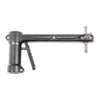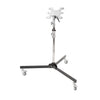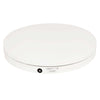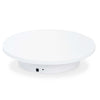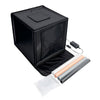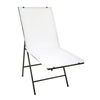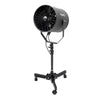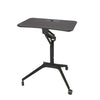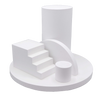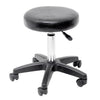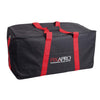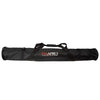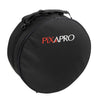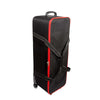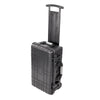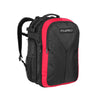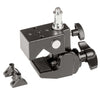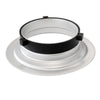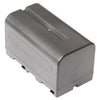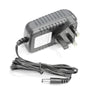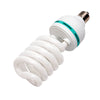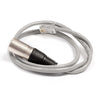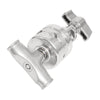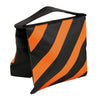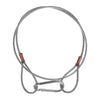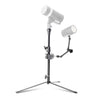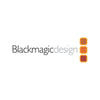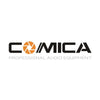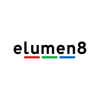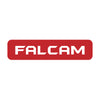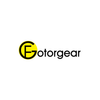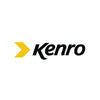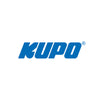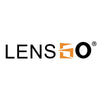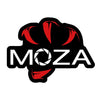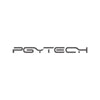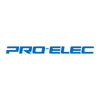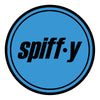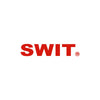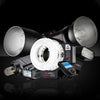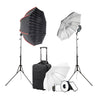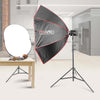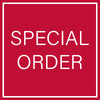How to Choose the Best Softbox
There are so many types of softboxes out there that it can be hard to find the right one to suit your shooting style and how you work. So, we've broken down some of the main features of a softbox and how they can impact your lighting in an image so you can make sure you're purchasing the best softbox option.
Not sure if you're looking for a softbox specifically? Check out our other blog for a full rundown of photography modifier options: A Guide to Photography Light Modifiers
1. Softbox Size
Softboxes can vary massively in size, going from small speedlite softboxes in as small as 17x15cm that you can use on-camera, up to the huge 120x180cm Rectangular softbox that we stock for much larger scale settings. The variety of sizes and distances from your subject can mean endless opportunities, but it's important to note that generally, the smaller the light source, the more concentrated and harsher the light will be, and the larger the light source the softer the light is. This is because a larger surface will spread the light out further, which helps to reduce shadows and create a softer look.
Larger softboxes work well for portraiture photography or large areas as they offer more gradual transitions between light and shadow and also make skin blemishes less apparent, making them an ideal modifier as they produce a quality of light that will flatter pretty much anyone. Larger softboxes are also great for full-length body shots, as well as for larger groups as they reduce the risk of light fall-off being visible partway through the image and legs being underexposed.
The most common use size of softbox is 90cm Easy Open Softbox (good for around 1-2 people) which is around a middle size and great for many different shooting options, while the largest size of Octabox (suitable for larger groups) is 170cm.
 |
 |
Smaller softboxes work well for product photography or macro shots as they produce more contrasting lighting, whilst still reducing specular highlights. Smaller softboxes also work well for more dramatic and low-key portraiture as you will get more contrast on your subject compared to a larger softbox.
We sell a range of smaller and medium sized softboxes such as our 65cm Softbox and our 60x90cm Easy open softbox.
It’s generally useful to have a selection of different sized softboxes to enable you to achieve a variety of different looks. In addition to the physical size of your softbox, distance of the softbox from your subject will affect how your lighting looks. The closer your softbox is to your subject, the quicker the light falls off, and the further your light is from your subject, the less dramatic the light fall off is.
2. Shape
There are three main types of softbox; Rectangular/Square Softboxes, Strip softboxes (also referred to as Stripboxes) and Octagonal softboxes (also referred to as Octoboxes), and it can often be difficult to know which type to go for, so here is a breakdown of the three main types:
Octagonal Softboxes
Octagonal softboxes produce pleasing, natural looking lighting, with pleasing round catchlights in the eyes of your subjects thanks to it's 8 sides. Rectangular softboxes will often be more obvious especially when shooting highly-reflective surfaces as rectangular softboxes will leave a tell-tale rectangular specular highlight or catchlight, which doesn’t look as natural as the organic curves and circles you will receive with an octagonal softbox.
Our Rice Bowl Softboxes are also great for round catchlights due to their 16-sided smoother shape.
Rectangular and Square Softboxes
Rectangular or square softboxes can be used to emulate window light. In addition, the rectangular softbox are a lot easier to mask and use gobos with due to the straight edges which make it easier for you to manipulate the light as well as mirror it on an opposite light.
Rectangular and square softboxes can work well for product and food photography depending on the look you're going for, and are suitable to use if you'll be adding extra diffusion and scrims to your lighting to reduce reflections for example.
Strip Softboxes
Strip softboxes produce a narrow band of light and are most commonly used for rim-lighting your subject, to separate them from the background. Multiple stripboxes can be arranged in a square or in a triangular formation, to create sort of ring light effect. They are useful for creating side lighting for full length fashion photos or portraits.
David Lee Photography - Model: Bonnie Morgan
30x90cm Easy Open softbox is great for lighting head shots, or half-body shots, and the larger 30x120cm and 35x160cm standard softboxes or the larger softboxes great for full body shots, the 30x140cm Easy-Open softboxes. Strip boxes are also really well suited to product photography, allowing you to create strips of light on your product, or can be used to make pleasing gradients when used in conjunction with a scrim/diffuser.
 |
 |
4. Set Up
We stock both Standard Softboxes and the Easy Open Softboxe ranges.
Standard Softboxes are the traditional styled softboxes that you have to assemble by inserting four or eight rods (depending on the shape of softbox you have) into the softbox’s outer shell, and then insert the other end of the rods into the speed ring located at the centre of the softbox. Standard Softboxes are good for use in permanent studios, where they can be set up once, and then left fully assembled as they’re not the easiest to assemble and disassemble in a hurry. Here is a video to show how to assemble a standard strip softbox:
If you would like to use your softbox on the go, then a Easy Open Softboxes are the best option for you. They feature an opening mechanism like that of an umbrella. Simply rest the softbox on the floor (speedring-down) and then push the runner down along the shaft, until the runner locks into place. Once the main body of the umbrella has been set up, then simply attach the diffusers (and also grid if required) using the Velcro tabs located around the inner perimeter of the softbox.
Here is a video to show how to assemble an easy open softbox:
So, if you’re a photographer who is continually on the go, then the Easy Open Softboxes would be better for you. If you have a permanent studio and you have the room to leave your softboxes assembled, then a standard softbox would be fine and will save some money over the Easy Open range.
New Flatpak Softboxes
Different to traditional softboxes, FlatPak Softboxes come with a brand-new, patented hinged opening mechanism that allows access from the softbox's back. The diffuser no longer needs to be entirely removed in order to access the locking mechanism, making it exceedingly rapid and efficient to set up and down.
The Flatpaks are the ideal solution for a photographer on the go who wants to put up and take down their equipment as soon as possible, such as wedding and event photographers. Similar to traditional softboxes, the FlatPak softbox also comes in a variety sizes and shapes including Octagonal, Rectangular and Strip.
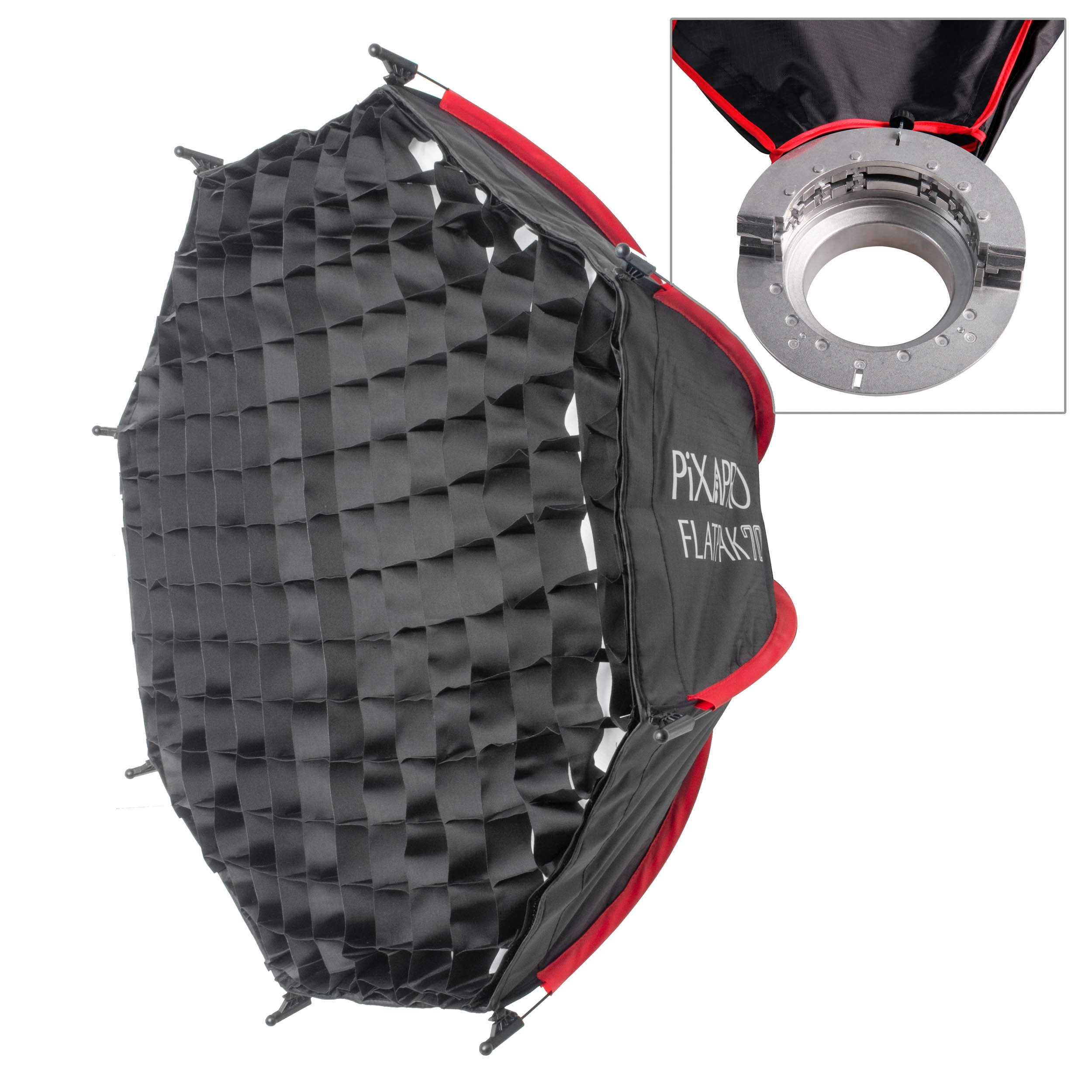 |
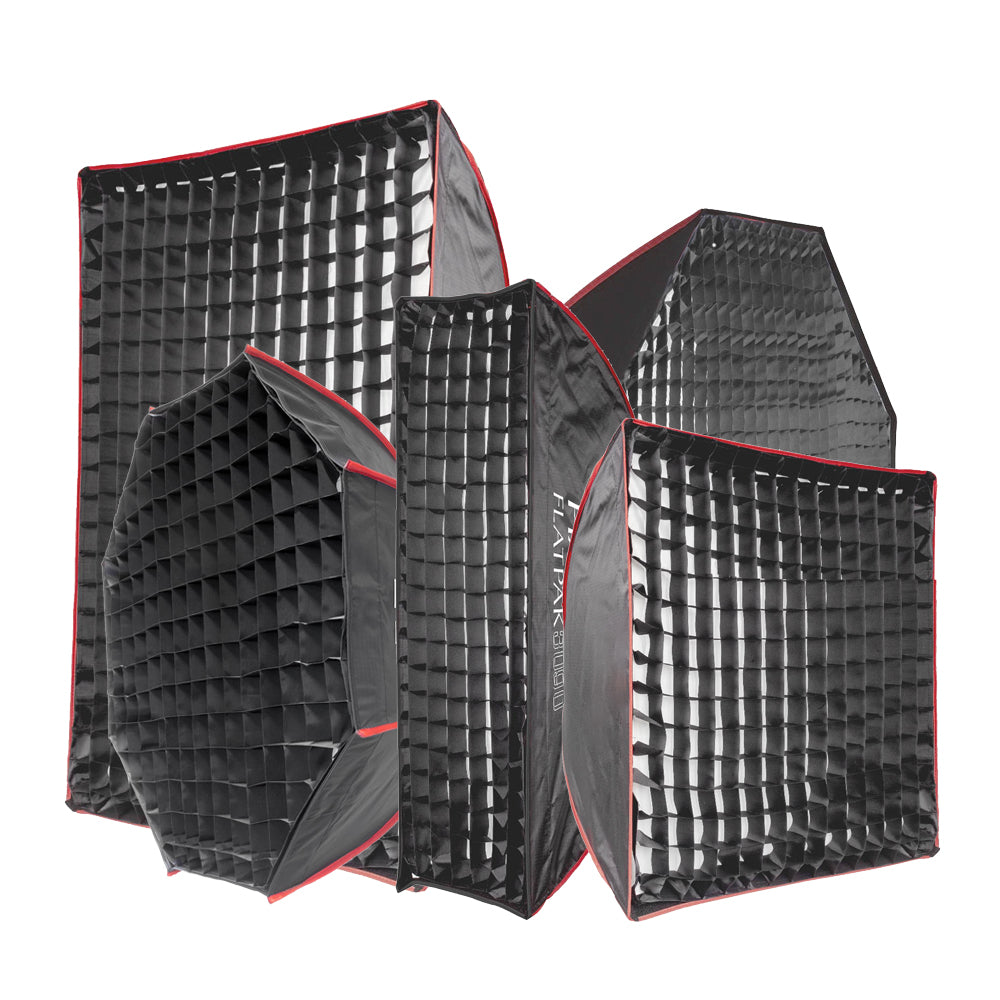 |
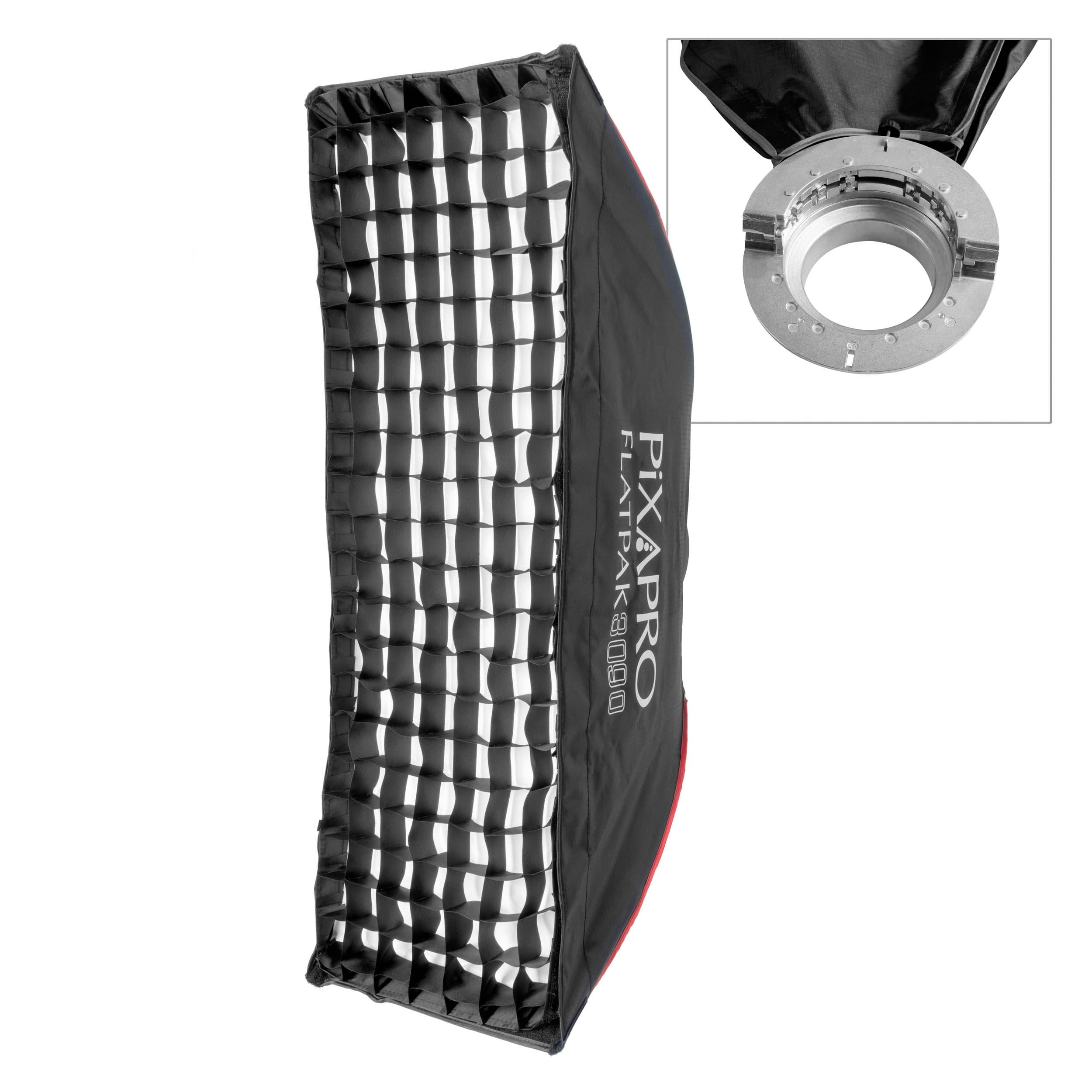 |
One of key advantages of the FlatPak softbox is a highly reflecting Profi-line. It is a feature of the Pixapro FlatPak Octabox that is intended to maximise light output from your light source. Additionally, it generates a softer, more uniform light. Since the opening mechanism is on the outside, there is nothing blocking the light inside, returning that additional amount of light. Particularly helpful for sources of light that are more unidirectional, like COB LED lights and Speedlite.
5. Diffusion
All our softboxes comes with two layers of diffusion, which is designed to produce very even illumination over the entire area of the softbox. The diffusers help to convert the harsh point light source of your flash, into a larger, softer light-source which produces an even and diffused quality of light that is more flattering for your subject. The Diffusion also reduces specular highlights and deep shadows.
Softboxes are commonly used in portraiture and commercial photography as they replicate the light from a north facing window that was commonly used in the early days of photography to get the best lighting.
6. Honeycomb Grid
Honeycomb Grids (also known as an Egg-Crate) are used to restrict the spread of light, preventing light from spilling onto areas that you don’t want light to fall, such as on the background when you are shooting a low-key image. We measure our Honeycomb grids in centimetres. The smaller the grid, the more restricted the spread of light will be and the higher the contrast. See Jason's video for a great example of this.
With honeycomb grids, there is a slight loss of light compared to the softbox without a honeycomb fitted. There is also a slight loss of softness since the spread of light is being restricted. However, both issues can be rectified by moving your softbox slightly closer to your subject if possible, this will compensate for the light loss, and make the apparent size of your light bigger which makes your light softer.
EssentialPhoto is an Official Godox Partner and trusted UK Distributor, stocking the widest range of Godox kit in the UK. We offer up to a 2 Year Warranty* across our stock and Customer Support and after-sales repair at our British store.

